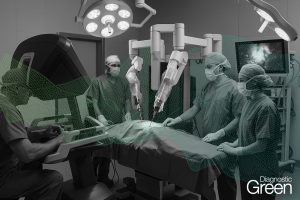Background: Fluorescence-guided surgery (FGS) has emerged as an innovative technique with promising applications in various surgical specialties. However, clinical implementation is hampered by limited availability of evidence-based reference work supporting the translation towards standard-of-care use in surgical practice. Therefore, we developed a consensus statement on current applications of FGS.
Methods: During an international FGS course, participants anonymously voted on 36 statements. Consensus was defined as agreement ≥70% with participation grade of ≥80%. All participants of the questionnaire were stratified for user and handling experience within five domains of applicability (lymphatics & lymph node imaging; tissue perfusion; biliary anatomy and urinary tracts; tumor imaging in colorectal, HPB, and endocrine surgery, and quantification and (tumor-) targeted imaging). Results were pooled to determine consensus for each statement within the respective sections based on the degree of agreement.
Results: In total 43/52 (81%) course participants were eligible as voting members for consensus, comprising the expert panel (n = 12) and trained users (n = 31). Consensus was achieved in 17 out of 36 (45%) statements with highest level of agreement for application of FGS in tissue perfusion and biliary/urinary tract visualization (71% and 67%, respectively) and lowest within the tumor imaging section (0%).
Conclusions: FGS is currently established for tissue perfusion and vital structure imaging. Lymphatics & lymph node imaging in breast cancer and melanoma are evolving, and tumor tissue imaging holds promise in early-phase trials. Quantification and (tumor-)targeted imaging are advancing toward clinical validation. Additional research is needed for tumor imaging due to a lack of consensus.




